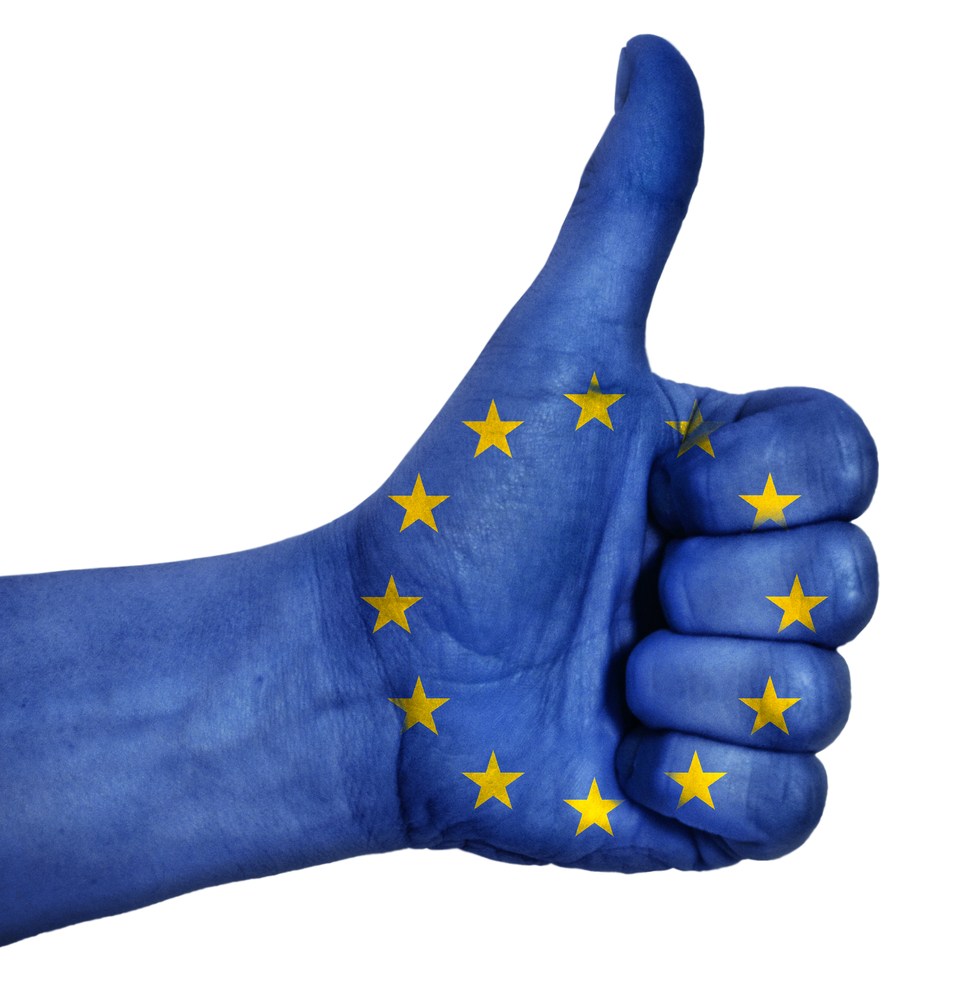Zeposia Receives European Commission Approval for Adults with Active RRMS

The European Commission (EC) has approved Zeposia (ozanimod) for the treatment of adults with relapsing-remitting multiple sclerosis (RRMS) who have active disease based on clinical or imaging features.
The EC decision follows a positive opinion issued in March by the European Committee for Medicinal Products for Human Use (CHMP).
“Today’s European Commission approval provides the opportunity for patients with RRMS with active disease to be offered Zeposia as a new first-line treatment option,” Samit Hirawat, MD, chief medical officer at Bristol Myers Squibb (BMS), Zeposia’s manufacturer, said in a press release.
“We share this achievement with the courageous multiple sclerosis patient community in Europe and around the globe, and are working closely with all stakeholders to ensure that eligible European patients can start benefitting from Zeposia as quickly as possible,” Hirawat said.
Zeposia is a sphingosine-1-phosphate (S1P) receptor modulator, a type of medication that works by trapping immune cells in lymph nodes (structures of the immune system). This prevents immune cells from entering the nervous system, where they can promote further inflammation and nerve cell damage.
Other medications in this class include Gilenya (fingolimod) and Mayzent (siponimod), both by Novartis. Because Zeposia is more selective for certain kinds of S1P receptors — namely S1P receptors types 1 and 5 — it is believed that it may have a better safety profile than Gilenya.
According to BMS, Zeposia is the only oral S1P receptor modulator that is approved for people with active RRMS without the need for first-dose monitoring in most cases — such monitoring is required only for high-risk individuals with specific pre-existing heart conditions because a transient decrease in heart rate may occur.
The oral medication is given in escalating doses over the first week of treatment up to the recommended maintenance dose of 0.92 mg per day, in order to minimize the risk of heart problems.
“There is no one-size-fits-all approach to treating MS. Patients respond differently to currently available therapies, which is why having options that address the hallmark characteristics of RRMS is so important,” said Giancarlo Comi, MD, director of the Institute of Experimental Neurology at the Vita-Salute San Raffaele University, Italy. Comi also was an investigator on clinical trials testing Zeposia.
The EC’s decision was based on results from two Phase 3 clinical trials, SUNBEAM (NCT02294058) and RADIANCE part B (NCT02047734), which collectively enrolled more than 2,600 participants with RRMS or active secondary progressive MS (SPMS) at 150 sites in more than 20 countries.
The trials compared the safety and effectiveness of two daily doses of Zeposia (0.46 and 0.92 mg, which are equivalent to 0.5 and 1 mg ozanimod HCl, respectively) to that of weekly intramuscular injections of Avonex (an injectable formulation of interferon beta-1a by Biogen) for up to two years.
Relative to Avonex, treatment with Zeposia led to a significant reduction in the annualized relapse rate after one year in SUNBEAM (0.18 vs. 0.35 relapses/year with Avonex) and after two years in RADIANCE (0.17 vs. 0.28 relapses/year), corresponding to relative reductions of 48% at one year and 38% at two years.
Zeposia also outperformed Avonex in reducing two types of brain lesions: T1 lesions, which indicate active inflammation at the time of brain imaging, and T2 lesions, which indicate brain damage regardless of whether there is ongoing inflammation at the time of the scan.
After one year in SUNBEAM, T1 lesions were reduced by 63% (0.16 vs. 0.43 with Avonex), and T2 lesions were reduced by 48% (1.47 vs. 2.84). After two years in RADIANCE, T1 lesions were reduced by 53% (0.18 vs. 0.37), and T2 lesions were reduced by 42% (1.84 vs. 3.18), compared to Avonex treatment.
Zeposia also reduced the decrease in total brain volume after one year in SUNBEAM (minus 0.41% vs. minus 0.61%) and after two years in RADIANCE (minus 0.71% vs. minus 0.94%).
Zeposia was generally safe and well-tolerated. The most commonly reported adverse side effects were upper respiratory infection, elevated liver enzymes, orthostatic hypotension (a drop in blood pressure when standing or sitting quickly), urinary tract infection, back pain, and hypertension (high blood pressure).
“Given its demonstrated efficacy and safety profile, Zeposia represents an important new treatment option that I am excited to offer my patients,” Comi said.
“Multiple sclerosis is an unpredictable and often disabling disease that affects about 700,000 people in Europe. We are delighted by the news that there is now another treatment option available to potentially delay the progression of this debilitating disease,” added Pedro Carrascal, president of the European Multiple Sclerosis Platform.
Zeposia was approved to treat adults with relapsing forms of MS — including RRMS, active SPMS, and clinically isolated syndrome — by the the U.S. Food and Drug Administration in March.






